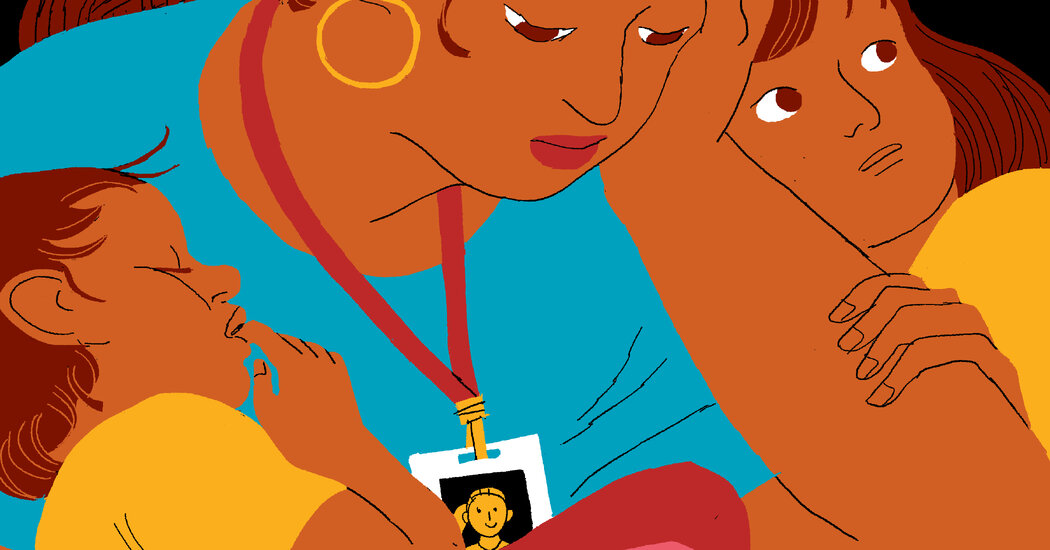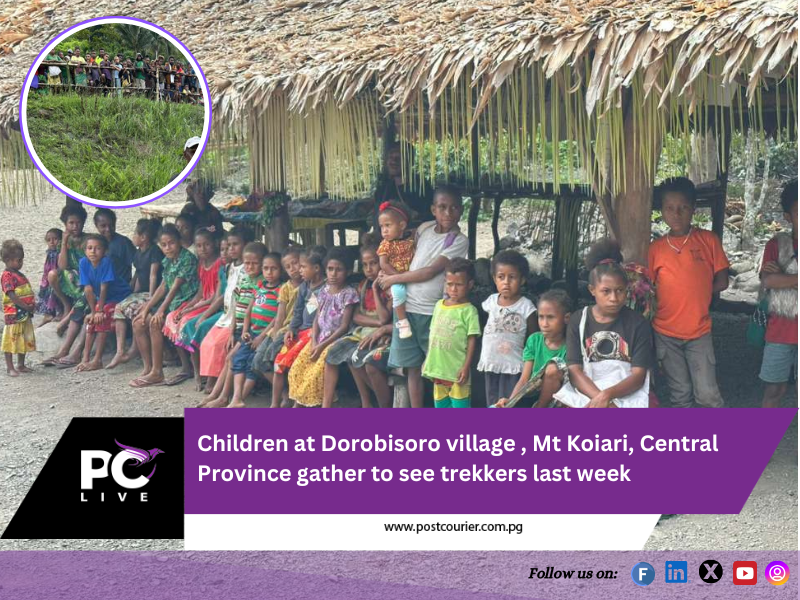Copyright The New York Times

Earlier this month, I wrote about how women have lost a disproportionate number of jobs this year. There isn’t a single, obvious explanation for why women are bearing the brunt of an economy that’s sluggish for everyone but the wealthiest 10 percent of Americans. After sending that newsletter, I heard from around 250 female readers about why they left the work force this year, and a clearer narrative emerged. The long tail of Trump’s executive decision-making has created an untenable, interconnected web of problems. Though the federal work force overall is only 46 percent female, some cabinet offices and independent agencies that have been decimated by the Trump administration are majority female: The Department of Education and the Department of Health and Human Services were both 63 percent women. Many women I heard from worked in either health or education and had been fired or quit roles that had become untenable. Others said that while they did not work directly for the federal government, they had contracts or grants that were frozen or eliminated, resulting in them being laid off. At the same time, the Trump administration’s aggressive anti-immigration policy is making child care and elder care — jobs overwhelmingly performed by women, either for pay or unpaid and performed in addition to paid work — even more inaccessible than it had been. Especially with elder care, even a nonworking family member may need additional support from a professional. Immigrants make up 28 percent of long-term care workers, including over 300,000 noncitizen immigrants, as of 2023, according to KFF. The Center for the Study of Child Care Employment notes that around 20 percent of early child care education workers are immigrants. Fewer immigrants means that there will not be enough workers to fill the needs of American families, who are already straining under the cost of care, which has become exponentially more expensive in the past few years. For those who retain their jobs, the pressures of caregiving don’t go away. When care is not available or too costly, that can push women — who do the majority of all caregiving — out of the work force. A surprising number of readers of my previous article asked if maybe more women are just realizing they “can’t have it all.” That only makes sense if by “it all” they mean the ability to eat, clothe and house themselves and their families. The Rapid Survey Project at Stanford University has been monitoring the financial and personal health of families of young children since 2020. Last week, it published the results of a poll that found that economic hardship was the worst it had been since the onset of the Covid-19 pandemic. “In July 2025, approximately one in two (45 percent) families with young children surveyed reported difficulty in the past month meeting one or more of their basic needs,” according to the Rapid poll. A parent in Alabama summarized for Rapid the competing pressures everyone is feeling right now with the rising costs of utilities: “We’re constantly juggling bills and making tough choices, just to keep the lights on and the house comfortable.” One reader response seems to epitomize many of the others. Chelsea Booth was a public health adviser at the Substance Abuse and Mental Health Services Administration, which is part of the Department of Health and Human Services. When Booth was hired by SAMHSA in 2022, it was with the understanding that it would be a permanently remote role, as she lives in Kansas City, Mo., not Washington. When the new administration came in, nominated Robert F. Kennedy Jr. as health secretary and started slashing funding, Booth saw the writing on the wall and gave notice. She said that a colleague in the same role was fired in September after being “essentially tortured for eight months.” Booth has a 7-year-old, as well as a chronic health condition, so remote work was helpful in managing both. There is good evidence that remote work is also helpful in reducing the motherhood penalty and keeping disabled workers employed. While Booth is glad that she can spend more time with her child and giving back to her community, she feels as though her years of expertise in suicide prevention and public health are going to waste. “We’re in such a hard time in our country, and I have lots of very useful skills for systems that are experiencing challenges from all sides,” she told me. Booth is one of the lucky ones, because while she and her family have had to economize quite a bit, they can still make ends meet on her partner’s salary. I heard from many people who are now struggling to survive either on one income or, if they are single, on savings or part-time employment. One woman who left her job as a federal employee when remote work agreements were revoked said that her husband’s job had more opportunity for advancement. Except now, with the federal government shut down, he’s furloughed, so they have no income coming in. We’re entering the fourth week of the shutdown, with no signs that a reopening is imminent. Furloughed workers will continue to go without paychecks. If the government is still closed on Nov. 1, the impact on many American families will become significantly worse. Around 80 percent of households that receive Supplemental Nutrition Assistance Program benefits include “either a child, an elderly individual or a nonelderly individual with a disability,” and if the shutdown drags on, those families will be going without food. Jessica Gross (no relation, despite the nearly identical name), a mother of two in Georgia, worked for the Centers for Disease Control and Prevention for the past decade and was detailed to the State Department when she lost her job in April. Her experience showed how interwoven all of these federal choices have been, and how devastating to women: “I spent my career strengthening health systems and the nursing work force in countries across sub-Saharan Africa,” she said. “Now I have been reduced to thinking about my own survival.”



